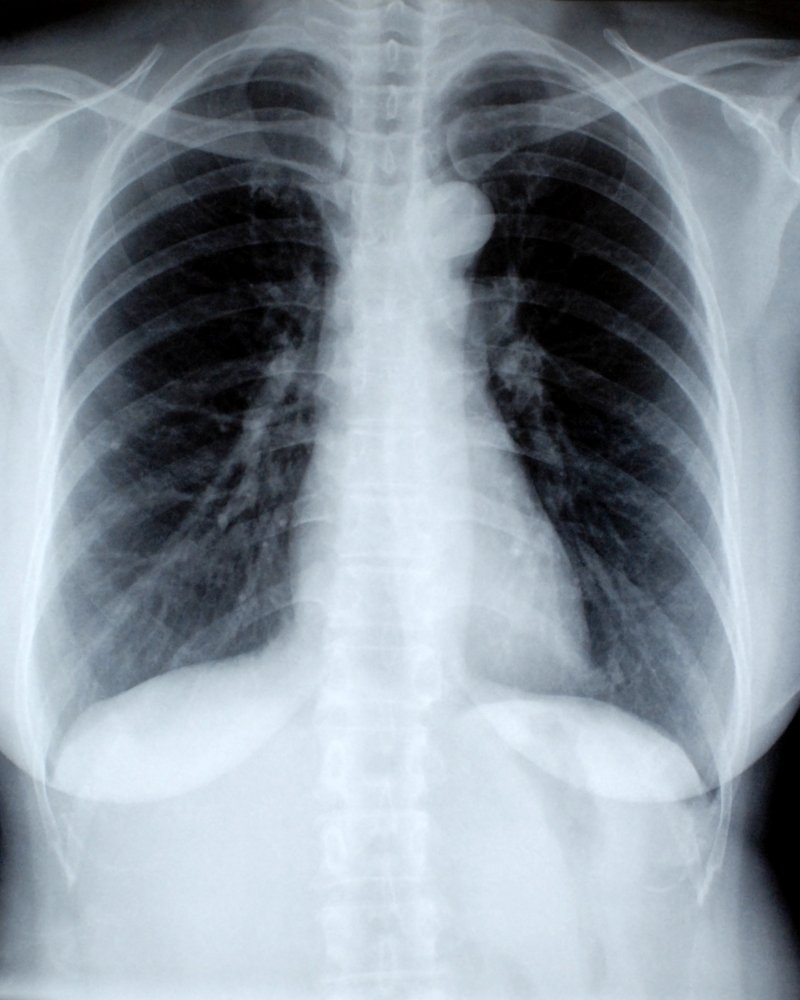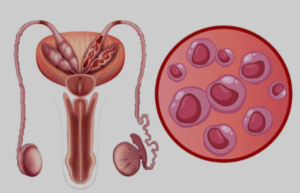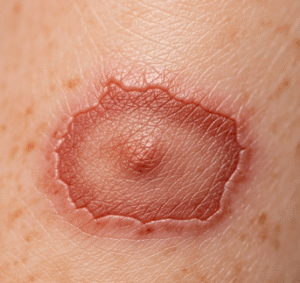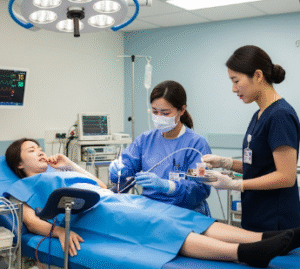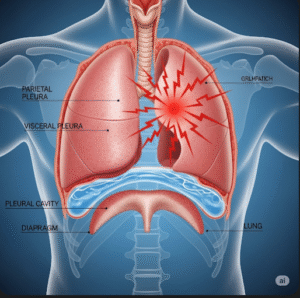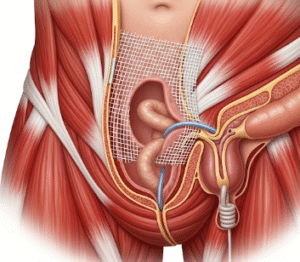Overview
Silicosis is a chronic and progressive lung disease caused by inhalation of fine silica dust particles, commonly found in mines, construction sites, and industries such as stone cutting or sandblasting. In Korea, silicosis remains a concern in certain occupational sectors, despite improved regulations. With Korea’s robust occupational health infrastructure and advanced respiratory care, diagnosis and management have significantly improved.
What is Silicosis?
Silicosis is a pneumoconiosis—a group of lung diseases caused by inhaling certain types of dust. It results from long-term inhalation of crystalline silica, leading to inflammation and scarring (fibrosis) in the lungs. The condition can develop in several forms:
- Chronic silicosis: Appears after 10+ years of exposure to low levels of silica dust.
- Accelerated silicosis: Occurs within 5–10 years of high exposure.
- Acute silicosis: Develops within weeks to a few years with very high exposure levels.
Symptoms
- Shortness of breath (especially during physical activity)
- Persistent cough (dry or with phlegm)
- Chest pain
- Fatigue and weakness
- Weight loss
- In severe cases: respiratory failure or tuberculosis complications
Causes
- Inhalation of crystalline silica dust, typically in workplaces such as:
- Mining and quarrying
- Sandblasting
- Cement manufacturing
- Stone cutting and masonry
- Glass production
- Tunnel construction
Risk Factors
- Prolonged occupational exposure to silica
- Poor ventilation or lack of protective gear at work
- Working in high-risk industries without safety regulations
- Living near industrial zones with airborne silica particles
- Smoking (worsens respiratory damage)
Complications
- Progressive massive fibrosis (PMF)
- Pulmonary hypertension
- Tuberculosis (especially in developing silicosis cases)
- COPD (chronic obstructive pulmonary disease)
- Respiratory failure
- Increased risk of lung cancer
- Autoimmune diseases (e.g., scleroderma, rheumatoid arthritis)
Prevention
- Using personal protective equipment (PPE) like N95 masks
- Proper workplace ventilation and dust control systems
- Wet drilling or cutting techniques to minimize dust
- Regular air quality monitoring in workspaces
- Annual health checkups for at-risk workers
- Enforcement of occupational health regulations by government bodies
Treatment Options in Korea
Diagnosis
- Chest X-rays and high-resolution CT scans
- Pulmonary function tests
- Bronchoscopy (in some cases)
- Occupational history review
- Sputum tests (to rule out TB)
Medical Treatment
There is no cure for silicosis, but treatment focuses on managing symptoms and preventing further damage:
- Bronchodilators to ease breathing
- Corticosteroids (in some cases) to reduce inflammation
- Oxygen therapy for patients with low oxygen levels
- Antibiotics if secondary infections like TB occur
- Pulmonary rehabilitation programs
- Vaccinations (e.g., flu, pneumococcal) to prevent infections
Advanced Treatments
- Lung transplant in end-stage silicosis (available in top Korean hospitals under strict criteria)

